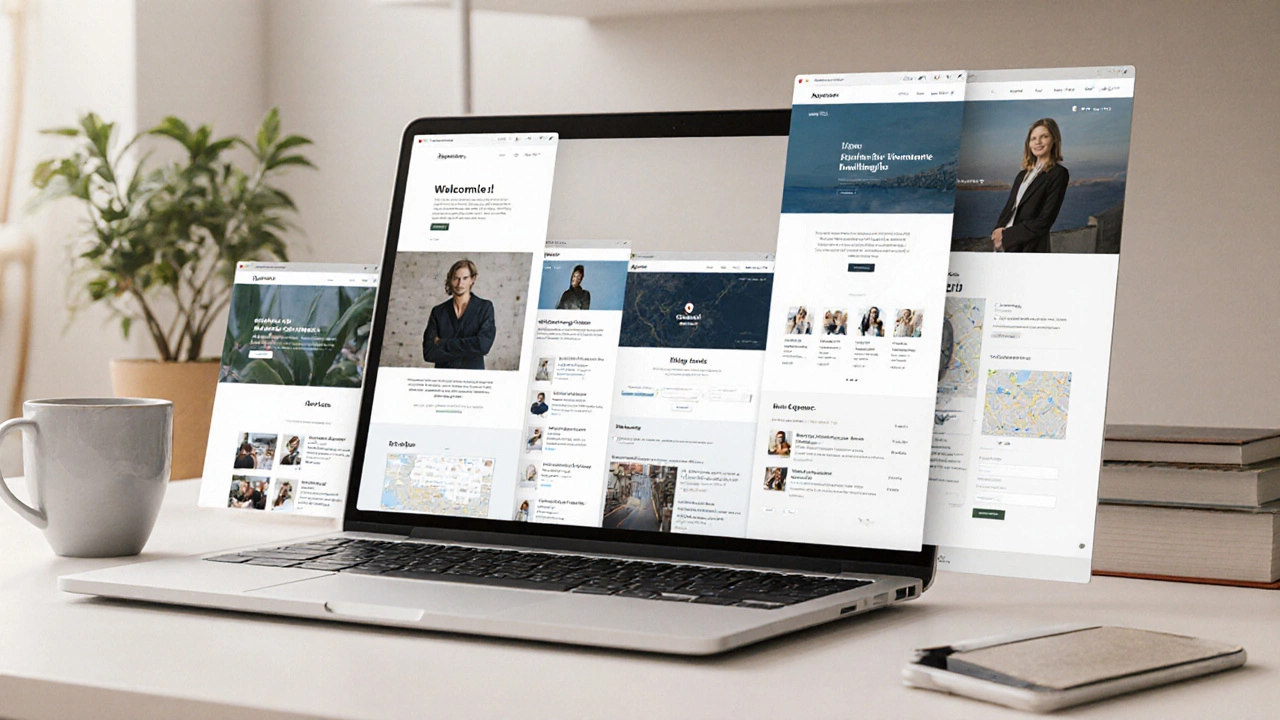5 Page Website Cost: What You Need to Know
When planning a 5 page website cost, the total amount you’ll spend to build a small site with five main pages. Also known as five‑page site pricing, it covers design, development, hosting and content creation. The concept encompasses website design fees, which are the charges for layout, graphics and user experience work. It requires development rates that reflect the hourly or project‑based pay of coders building the pages. Finally, the cost influences hosting fees, because the choice of server or platform can add a recurring expense. Understanding these three pieces—design, development and hosting—helps you see why a five‑page site can range from a few hundred dollars to several thousand, depending on quality, customization and the tech stack used.
Key Factors That Shape the Cost
First, website design fees vary by designer expertise and the visual complexity you want. A freelance designer with a solid portfolio may charge $30‑$80 per hour, while an agency could start at $100 per hour for a polished, brand‑aligned look. Second, development rates depend on whether you use a drag‑and‑drop builder, a CMS like WordPress, or a custom coded solution. Builders often bundle costs into a flat fee, whereas custom code can add $50‑$150 per hour for a developer’s time. Third, hosting fees range from free static site options to $10‑$30 per month for managed WordPress hosting that includes backups and security. Fourth, content creation—copywriting, images, and SEO—might be an extra $200‑$500 if you hire professionals. Small business owners often balance a modest website budget against the desire for a site that converts visitors into customers, so they prioritize core pages (home, about, services, contact, blog) and defer advanced features to later phases.
Planning a realistic 5 page website cost starts with a clear scope: list the exact pages, decide on a design style, and pick a hosting plan that matches expected traffic. Use a simple spreadsheet to break down each line item—design, development, hosting, content, and any third‑party tools like email marketing integrations. Many businesses find that allocating 40% of the budget to design, 30% to development, 15% to hosting, and the remaining 15% to content yields a balanced result that looks professional without overspending. Once you have a budget, compare quotes from freelancers and agencies, ask for portfolios that match your industry, and verify what support is included after launch. By following these steps, you’ll end up with a site that fits your budget, meets your branding goals, and performs well in search—all without surprise costs later. Below you’ll find a curated set of articles that dive deeper into each cost component, share real‑world pricing examples, and offer actionable tips to keep your five‑page project on track.
About
Website Creation
